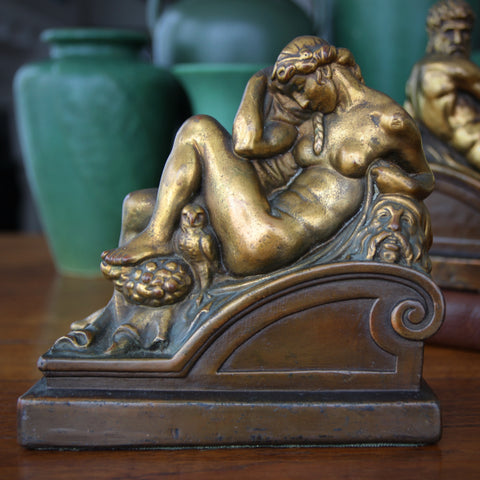World History is replete with great artists. And I love many of them! Yet, if nudged (even lightly), it's easy for me to name the greatest of all time: Michelangelo Buonarroti (1475 -1564). He was a great architect: note the dome of San Pietro in Rome. He was a great painter: note the ceiling of the Sistine Chapel, also in Rome. And he could really lay-out a square: note the fabulous Piazza del Campidoglio, yes, in Rome. That's a lot of Rome for a Florentine! But it makes sense, for Rome was pretty much the center of the world in Michelangelo's time. He was brought to where the rich and powerful resided. But don't feel too badly for Florence; he left some great things there, too.
We've discussed Michelangelo's architecture, painting, and urban planning. Yet we haven't mentioned his best—and favorite—skill set which was sculpture. In my humble opinion, Michelangelo's David is the greatest work of art of all time. His Pieta comes-in a close second. Standing before either, I ponder, "How does an artist bring such beauty out of—and breathe such life into!—cold, dead stone?"
When he wasn't commanded by the popes to work in Rome, Michelangelo labored for Italy's next wealthiest family, The Medici of Florence. Rich people love art. And even more than art, they love showing-off their art. What could be a better send-off than to commission a tomb, hand-carved by Il Divino, that might keep one's name in the headlines forever? Few (make that None) of the Medici's competitors would ever find someone better! From 1526 to 1531, Michelangelo chipped, carved and polished the marbles to create the sculptures "Night and Day"—one pair of several marble sculptures appearing in the Sagrestia Nuova (New Sacristy), featured proudly near Brunelleschi's Sagrestia Vecchia. "Night and Day" appear with "Dusk and Dawn," also carved by Michelangelo. The entire New Sacristy was designed by Michelangelo as a tomb for the Medici family, which was amongst his earliest patrons.
"Night and Day" rest languidly upon the arched marble coffin of Giuliano di Lorenzo de' Medici, the third son of Lorenzo the Magnificent—Il Magnifico (buried beneath a much simpler altar nearby).
Like many of Michelangelo's ambitious projects, the tomb was not completed as planned. Politics, personal disagreements, familial financial woes, and the many demands on the artist's time meant that the tomb was still a work-in-process when Michelangelo died. But what was completed was assembled by another man and is, nevertheless, impressive beyond belief.
These bookends, now 100 years old, were crafted 400 years after their original Italian counterparts. They are "bronze-clad," that is, composite figures electo-plated with a bronze skin. Objects like this could be finished in a variety of patinas—just like solid bronze—and have the appearance of the much more expensive material. Bookends like this would have appealed to the "Grand Tour" set, people who might have travelled to Europe to see the greatest works and sites of the ancient and modern world. Please click on the photo above to learn more about them.
Though our Greenwich Village store is now permanently closed, LEO Design is still alive and well! Please visit our on-line store where we continue to sell Handsome Gifts (www.LEOdesignNYC.com).
We also can be found in Pittsburgh's historic "Strip District" at Mahla & Co. Antiques (www.mahlaantiques.com) or in Canonsburg, Pennsylvania at The Antique Center of Strabane (www.antiquecenterofstrabane.com).
Or call to arrange to visit our Pittsburgh showroom (by private appointment only). 917-446-4248



